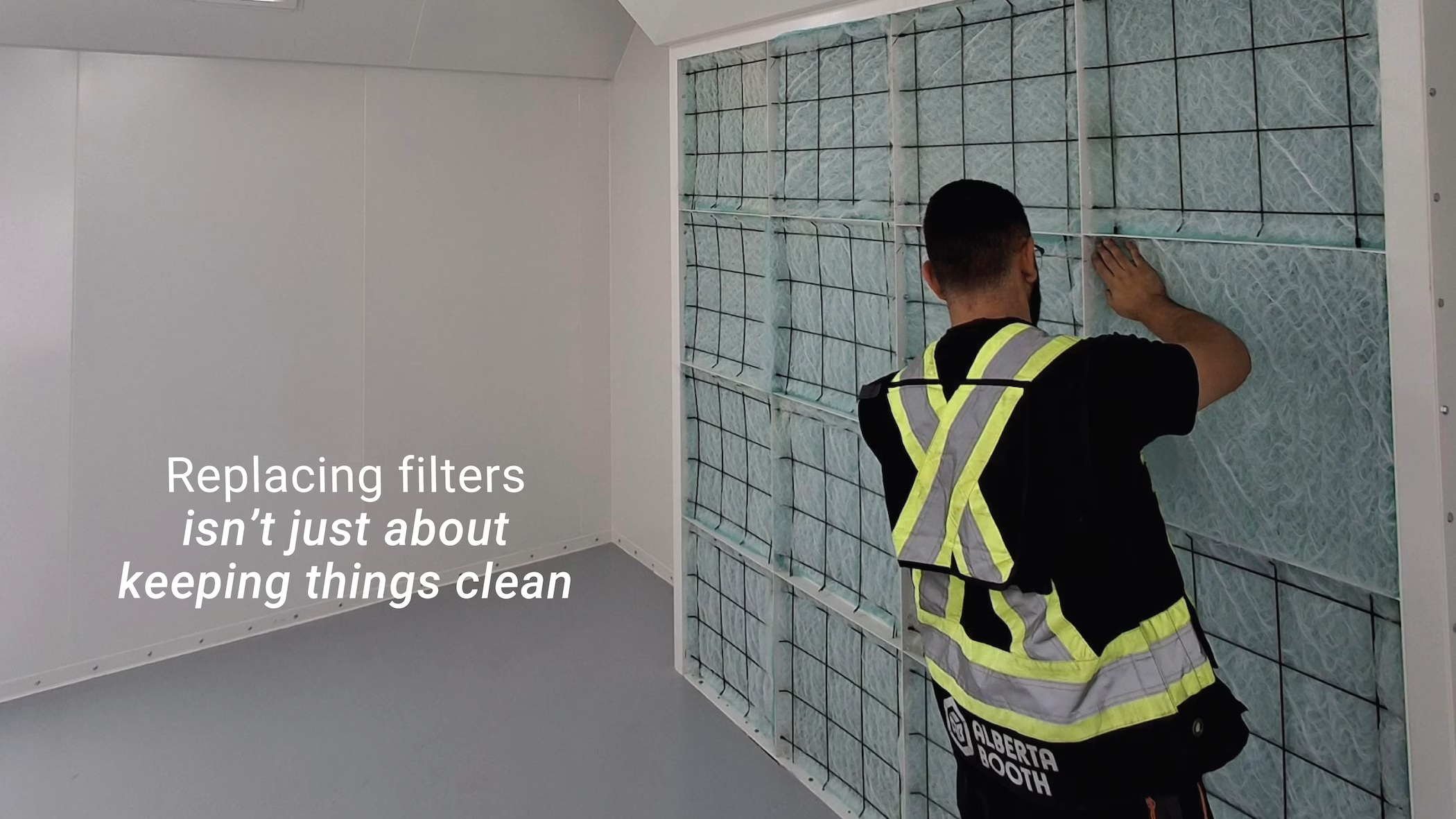October 27, 2025
Emergency Preparedness in the Booth
Remember fire drills in school?
Cool fall day, standing around in the parking lot, wondering when you'd be allowed back inside. Most of us never thought much of them at the time, just a forced break from class, a weird short recess.
Then one day, it was real.
This writer still remembers the grass fire that hit the hill beside our high school. One moment, just trying to stay awake in social class, the next moment the teacher is staring, stunned, out the window as we all collectively follow their gaze and notice the hill on fire. We were shocked and concerned, but everyone knew the drill. We filed out in order, moving off to a safe area in the nearby neighbourhood (that had been designated in advance by the school admin and town authorities), and let the fire department take over. The situation could have gone sideways, but it didn't because the yearly drill had prepared us all for it.
It might seem like a stretch, but that same mindset applies to the spray booth industry. Nobody plans for disaster, but when it shows up, even a few seconds of preparedness can make all the difference.
Crisis-Proofing Your Booth: What Preparedness Really Looks Like
Let's face it. Most facilities already strive to maintain a safe environment. Staff are trained, fire systems are in place, and regular maintenance is the norm. But real emergency readiness means planning for the stuff outside your control, because when things fail, they tend to fail fast.

Alberta Booth believes emergency preparedness should be more than a box you tick. It is a methodology that includes system checks, staff drills, and thinking ahead, not just reacting in the moment. According to the team, the best emergency is the one you never face. But if it comes? You had better be ready.
Here are a few fundamentals to build into your booth safety approach:
1. Fire Suppression Systems Matter
Your suppression system is your frontline defence. Booths installed by Alberta Booth meet strict NFPA compliance standards. These systems rely on heat-sensitive triggers that react when temperatures spike, activating fire controls within seconds.
But not all suppression setups are the same. In some jurisdictions, your exhaust system needs to shut down during a fire. In others, it is better to keep the airflow going to clear toxic fumes. Knowing the local code is critical and so is having your system professionally inspected regularly. A weekly walk-through to check sprinkler heads, nozzles, and alarm panels never hurts either.
2. Know What to Do When Ventilation Fails
A failed ventilation system is one of the most dangerous problems a spray booth can face. Fumes build up fast, and so do the risks. Every operator should have a clear shutdown plan that includes:
- Evacuation instructions
- Fan isolation or override steps
- Communication protocols
- Emergency responder notification
Larger operations even consider a backup power source or secondary ventilation system to prevent complete failure in a blackout or fire.
3. Maintenance Prevents Mayhem
Dust, residue, old filters, faulty wiring—most booth fires start with small things that were ignored. Daily sweeping, weekly inspections, and filter replacement schedules are not just about keeping things tidy. They reduce risk, plain and simple.
The same goes for flammable storage. Spill kits should be close by, and your materials should never be piled up where they do not belong. A clean booth is a safer booth.
4. Practice Like It's Real
Drills work. People remember what to do. And most importantly, they panic less when they've been through the motions before. Every member of your team should know their role—whether it is containment, evacuation, or calling in the pros. And yes, even that new guy in prep.
Emergency lighting, marked exits, accessible extinguishers, and a reliable way to communicate—these are the basics. But in an actual crisis, they are what matter most.
If You Haven't Read the Blueprint Yet, Now's the Time
This blog scratches the surface. For more details on booth safety systems, ventilation standards, and emergency planning, you'll want to check out our digital white paper, The Booth Blueprint. Our recent issue includes maintenance checklists, regulatory insight, and our full article on fire suppression and emergency preparedness in paint booths.
Let's be real. You can't plan for every crisis. But you can make sure your team is trained, your booth is compliant, and your safety plan is more than just a laminated sheet on the wall.
As always, if you want help walking through the right plan for your operation, Alberta Booth is ready to talk.






